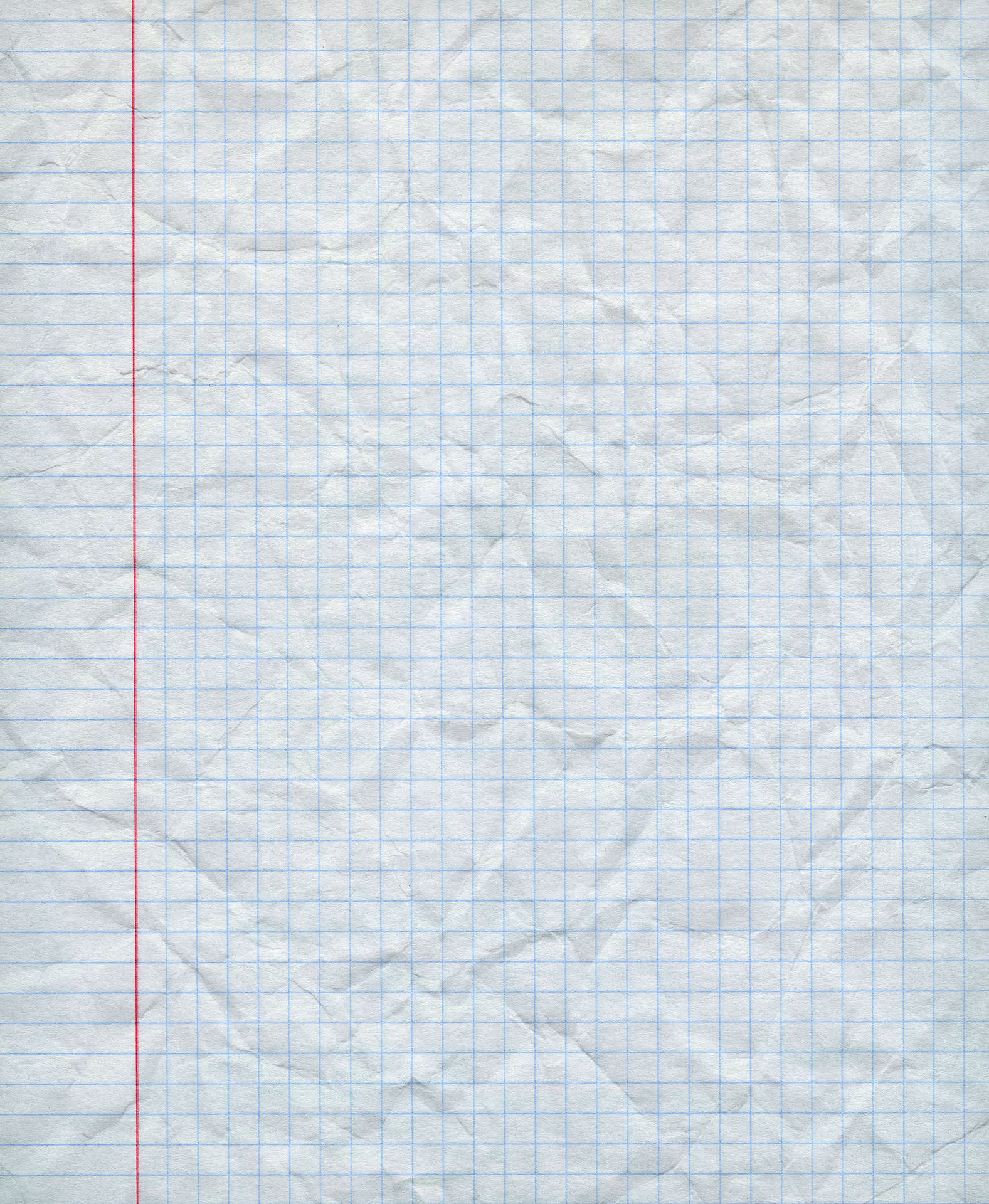

Chapter Outline
In this chapter, you’ll learn how points, lines, and segments are used to model the real world by understanding their fundamental role in representing and solving practical problems. Points represent precise locations, such as a city on a map or a specific position on a blueprint. Lines can model paths, routes, or connections between points, like roads connecting cities or beams in a structure. Segments, which are parts of lines with defined endpoints, can represent measurable distances or lengths, such as the sides of a building or the edges of a table. By using these basic geometric elements, you can create accurate models of real-world objects and scenarios, helping you to analyze, design, and understand various aspects of everyday life and professional fields. You will also learn how to find the distance between points and shapes using algebra.
5.1
Slopes of Parallel and Perpendicular Lines
Learning Objectives
By the end of this section, you will be able to:
-
Examine the slope criteria for parallel and perpendicular lines
-
Apply the slope criteria to find additional points
-
Prove the slope relationships
-
Determine if lines are parallel, perpendicular, or neither
5.2
Writing Linear Equations
Learning Objectives
By the end of this section, you will be able to:
-
Identify the slopes and equations of parallel and perpendicular lines
-
Write the equation of a line parallel to a given line through a given point
-
Write the equation of a line perpendicular to a given line through a given point
-
Find the equation of the perpendicular bisector of a given segment